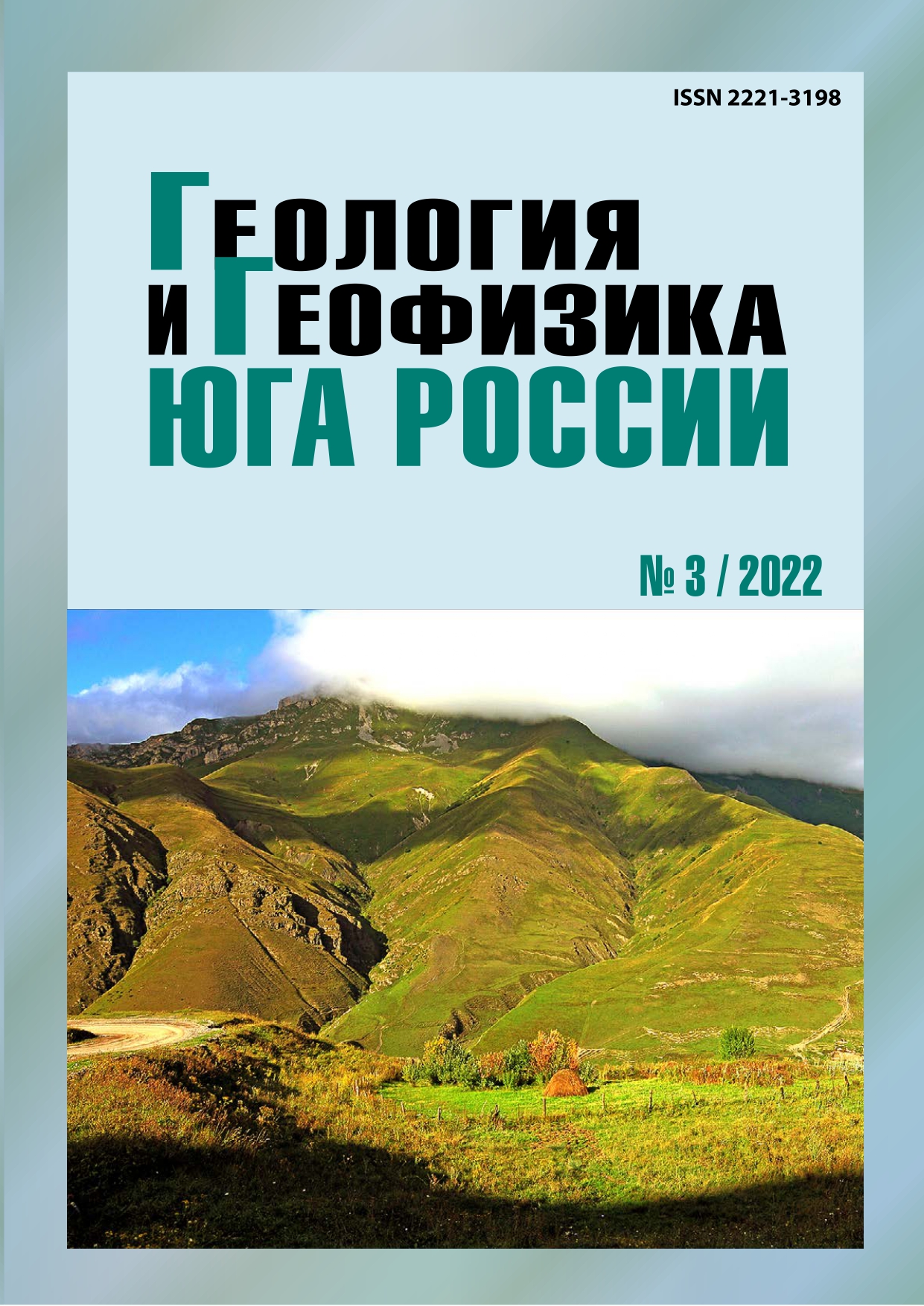Some patterns of formation and distribution of reef buildups in Triassic deposits on the territory of the Eastern Fore-Caucasus in connection with oil-and-gas potential
Abstract
Relevance. The object of study is the Triassic deposits, which are part of the Permian-Triassic oiland-gas complex, which was considered one of the main objects of industrial development in the Eastern Fore-Caucasus a few decades ago. Due to the fact that two thirds of the hydrocarbon resources of this complex have not been developed, it is necessary to identify the patterns of formation of carbonate reservoirs of reef genesis, as well as the distribution and conditions for the generation of oil-and-gas fields. Considering that the Eastern Fore-Caucasus has the status of an «old» oil-and-gas producing region, where the use of expensive technologies is not profitable, it is advisable to use traditional and non-traditional low-cost approaches. The aim of the study is to investigate the patterns of formation and distribution of carbonate reservoirs of reef genesis, to identify the factors influencing on their formation, and to consider the oil content associated with them. Methods. The goals and objectives of the work predetermined the complex nature of the study, which includes well-known traditional and little-known non-traditional theoretical basics and methods of scientific research. The traditional methods are analysis, systematization and generalization of geological and geophysical data, the system-aerospace method, which includes the classical technology of interpretation of satellite images. The little-known non-traditional theoretical foundations, which have a high degree of originality and novelty, include the theory of B.A. Sokolov with its specific embodiment in the form of a «tree» based on interpretations of structures of the central type (SCT according to V.M. Kharchenko), the «geosoliton» theory of R.M. Bembel and Ch. Darwin’s theory of the origin and distribution of reef structures, their confinement to volcanic centers, somewhat modified and adapted for the Triassic period. Results. A regular confinement of Triassic volcanic structures to deep tectonic faults of predominantly sublatitudinal and diagonal strike at the boundaries of various first-order regional structures has been established for two periods of intense volcanic activity (Early-Middle and Late Triassic). The location of the volcano-plutonic centers of the Triassic in the territory of the Eastern Fore-Caucasus has been refined. A study of stock materials with a description of the core of the Neftekumsk deposits of the Velichayevsky-Maksimokumsky swell of the Eastern Fore-Caucasus was carried out. On the territory of the Zimne-Stavkinsko-Pravoberezhnoye field, another paleovolcano was recorded – on the Pravoberezhnaya area. A connection has been established between the volcanic centers of the Triassic time of the Eastern Fore-Caucasus with reef formations and zones of distribution of hydrocarbon (HC) deposits


